- The battle to lure tenants with luxury might be making leaders lose sight of how to build a better workplace for the future of work.
- Office buildings with diverse and desirable offerings will probably fare better in a crowded market.
- A well-considered workplace, one that is precisely tailored to the routines, needs, and preferences of the people who use it, will be the star attraction for post-COVID office buildings.
This article was written by the Perkins Eastman Design Strategy team for Work Design Magazine.
You might have noticed the hype around office amenities lately. The internet is bursting with “must-have perks” to increase property value and win the amenity arms race. But in the battle to lure tenants with luxury, are we losing sight of how to build a better workplace?
Three years after the pandemic turned lively properties into zombie buildings, a good deal of office space remains vacant or underutilized. And it might get worse before it gets better; with more than 74 million square feet of leased office and mixed-use collateral set to expire in 2024, tenants will surely seize the opportunity to claim higher-quality space on more favorable terms. According to a survey, more than half of companies plan to reduce office space by 30% over the next three years.
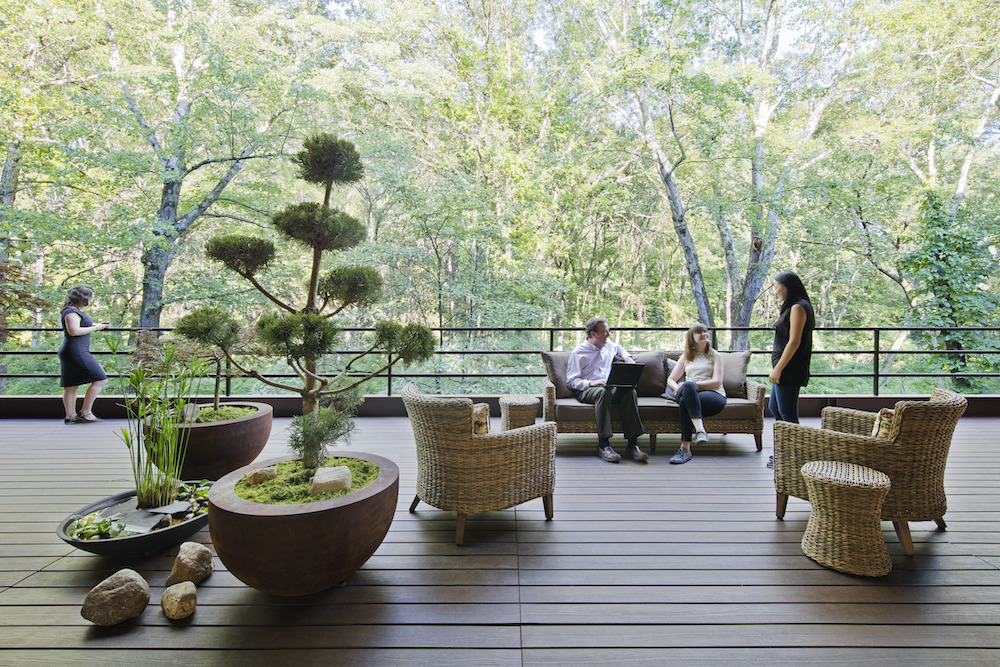
Flight to quality
There’s no doubt that top-tier buildings in prime locations have an edge over their lesser-quality and not-as-ideally-located counterparts. But even Class A properties aren’t immune to seismic shifts in where and how work gets done.
Upscale amenities—the more extravagant, the better—might look like the ticket to full occupancy and premium rents. But the noise around luxury seems to be drowning out more important conversations about the role of the office and how it can meet the very different needs of a post-COVID workforce.
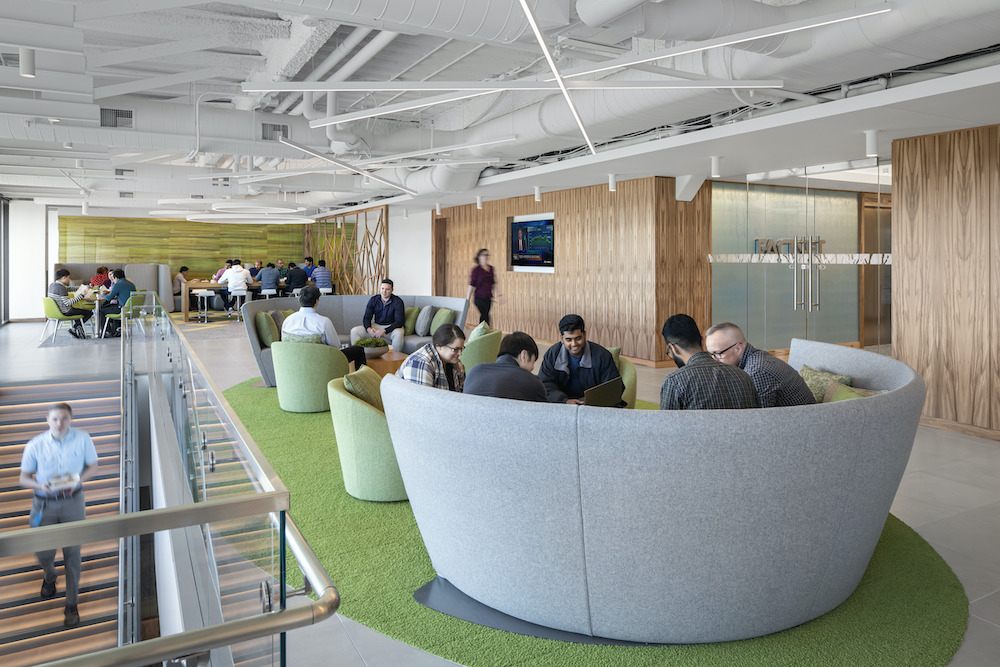
The age of amenitization
The word amenity comes from a Latin root meaning “pleasantness” or “delightfulness.” But amenitize, as a verb, entered the Oxford English Dictionary only in 2020.
Amenities have been around for millennia; ancient Roman cities had public toilets and bath houses. Medieval towns had horse stables and village greens for public events. But since the advent of the modern workplace, they have taken on a new life and meaning. In the early 1900s, you’d be lucky to have a metal trash can in your office (to prevent fires from discarded cigarettes), let alone a break room or air conditioning. Now, beehives and pickleball courts are among the luxury office perks used to attract tenants and workers.
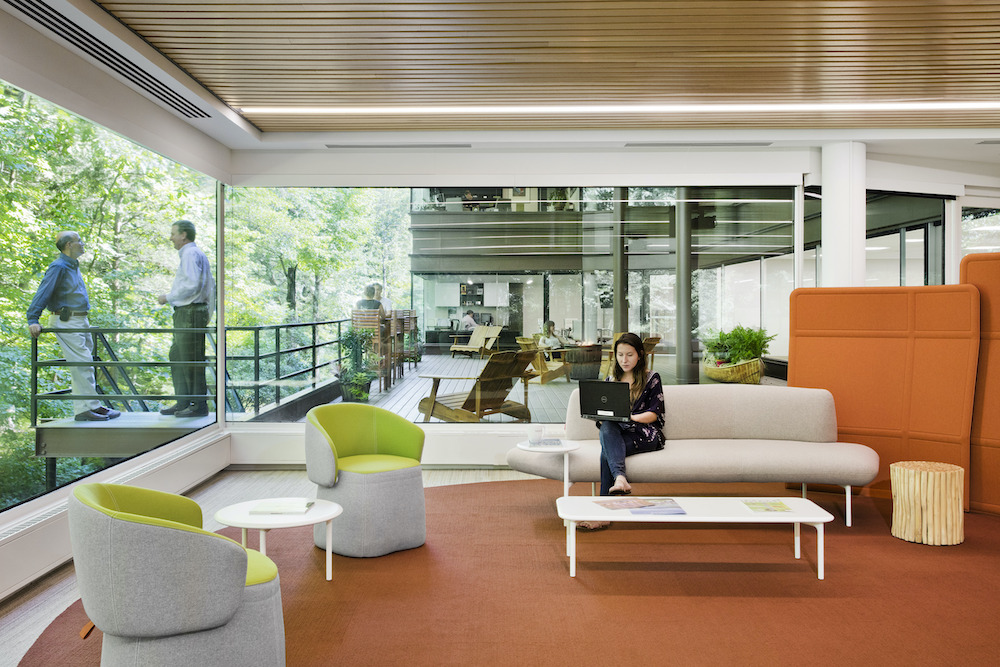
A well-considered workplace is the best amenity
Yes, amenities are important. Office buildings with diverse and desirable offerings will probably fare better in a crowded market. But we think a well-considered workplace, one that is precisely tailored to the routines, needs, and preferences of the people who use it—while still being flexible enough to withstand change—will be the star attraction for post-COVID office buildings.
Three Ideas to Build a Better Workplace
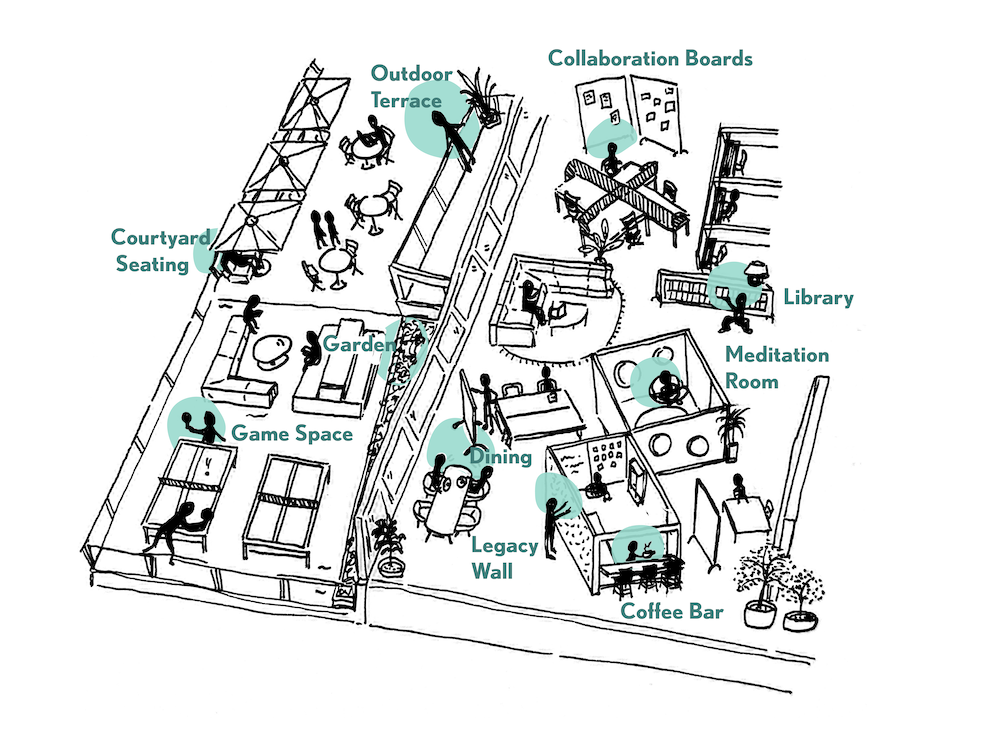
1. Channel the Power of 10+
The Power of 10+ is a planning concept used by the Project for Public Spaces to breathe life into urban settings. It hinges on the idea that successful public spaces need to have a “critical mass” of compelling activities and features to draw people in and hold their attention.
In an urban planning context, this might look like a public park surrounded by food vendors, a fountain, a dog park, shady seating, a playground, and other active features. Applied to workplace design, this might look like an office that provides a range of interesting and useful reasons for employees to be there.

2. Make it Resimercial
The so-called resimercial trend blends residential and commercial design to carve out home-like spaces in the office. Sofas, armchairs, ambient lighting, flexible spaces, and cozy accessories like lamps, ottomans, area rugs, and houseplants might come into play. But the idea runs deeper than décor and furnishings; it’s really about using design to give people a sense of safety, comfort, and belonging.
In our research, we’re exploring the benefit of home-like qualities in work settings. Anecdotally, employees with a “home court advantage” are more creative, productive, and happy at work. Even simple interventions like adjustable task lighting and reconfigurable furnishings, or encouraging employees to personalize their desks with family photos or mementos, could have a positive effect.
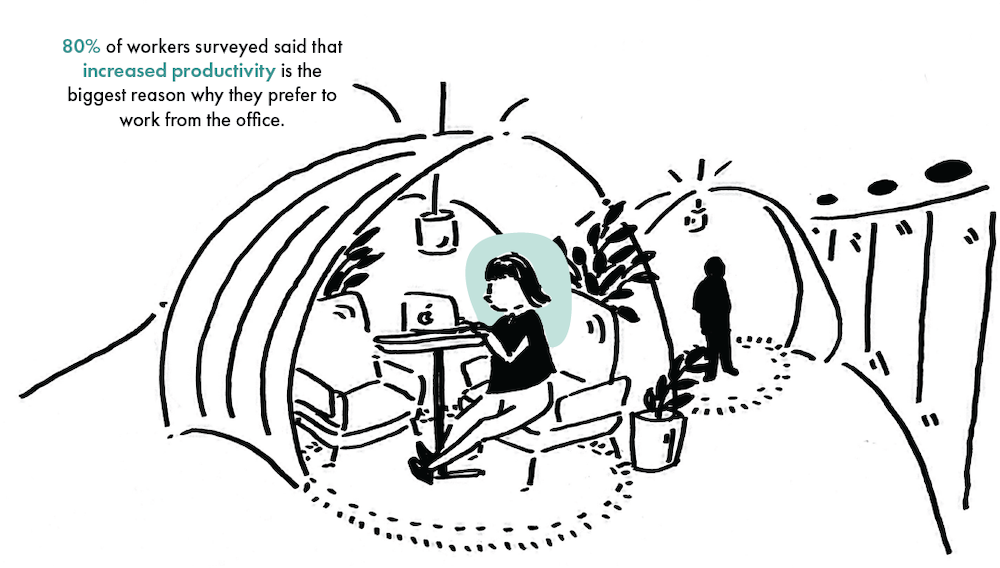
3. Think Small
Now that hybrid is here to stay, the office has an even higher bar to clear. Many workers have a decent home setup, so why should they spend an hour in the car just to sit at a different desk? A workplace that increases productivity and makes it easier to connect with coworkers provides value that home offices can’t easily match.
When it comes to workplace design, identifying day-to-day friction points and focusing on interventions to streamline work processes, address sources of irritation, or provide small, unexpected moments of delight can go a long way towards improving the overall employee experience.


 Dr. Gleb Tsipursky – The Office Whisperer
Dr. Gleb Tsipursky – The Office Whisperer Nirit Cohen – WorkFutures
Nirit Cohen – WorkFutures Angela Howard – Culture Expert
Angela Howard – Culture Expert Drew Jones – Design & Innovation
Drew Jones – Design & Innovation Jonathan Price – CRE & Flex Expert
Jonathan Price – CRE & Flex Expert












